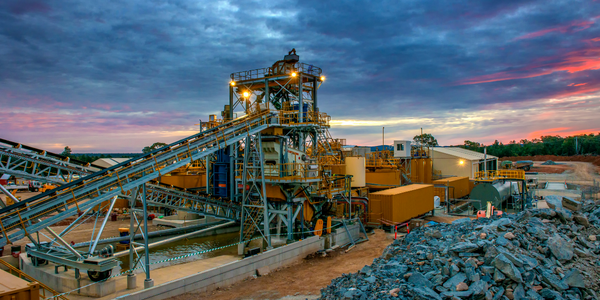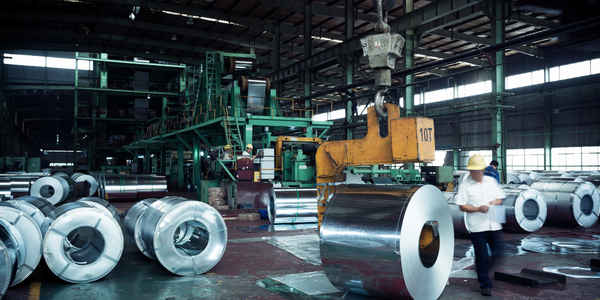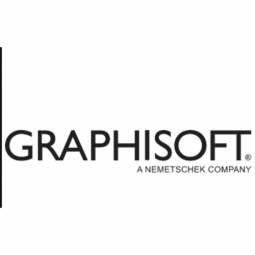Technology Category
- Infrastructure as a Service (IaaS) - Public Cloud
- Sensors - Optical Sensors
Applicable Industries
- Metals
- Transportation
Applicable Functions
- Product Research & Development
Use Cases
- Smart City Operations
- Smart Parking
Services
- System Integration
About The Customer
The customer in this case is the town of Mo i Rana in Norway. The town is characterized by its contrasting qualities, with one side open to the sea and the other highly industrialized. The economy of Mo i Rana has relied mainly on the steel and concrete industries, which have been key to the growth and identity of the region as a whole. These industries have had a dominating influence on the built seafront, where the factories are located. The town was facing the challenge of the train tracks running through the center of the town, which created a barrier between the town center and the fjord, preventing any physical link from the town to the fjord.
The Challenge
The Norwegian firm Arkitektgruppen Cubus AS was tasked with the challenge of developing the connection from Mo i Rana to the neighboring fjord and railway, both of which are part of the major transportation system serving the local iron and concrete industries. The main problem was the train tracks running through the center of the town, which created a barrier between the town center and the fjord, preventing any physical link from the town to the fjord. The town had two contrasting qualities – one side was open to the sea, while the other side was highly industrialized. This resulted in a range of urban and natural experiences. The economy of Mo i Rana relied mainly on the steel and concrete industries, which had a dominating influence on the built seafront, where the factories were located.
The Solution
Cubus proposed a solution that involved the design of a series of large scale spatial modules that would transform the local terrain and microclimate at a given spot to provide places for shelter, sitting, reclining, access, connection between levels, and play and sport. The seafront promenade was designed to consist of three main types of spatial modules, developed to cater to a wide range of terrain and programs. These could be positioned in a variety of ways either individually or as a group or sequence, creating a varied rhythm of events all along the seafront. The old wall that ran along the seafront was retained for its protective qualities, but was included in the series of events that took place along the path. The sea promenade was an open space with an alternating rhythm of undulating soft edge path and spatial interventions created by the new modules. The walk was bordered by a natural habitat of wildflowers and reeds on the seaside, and inviting, sheltered places to sit and play in the urban side.
Operational Impact

Case Study missing?
Start adding your own!
Register with your work email and create a new case study profile for your business.
Related Case Studies.

Case Study
Goldcorp: Internet of Things Enables the Mine of the Future
Goldcorp is committed to responsible mining practices and maintaining maximum safety for its workers. At the same time, the firm is constantly exploring ways to improve the efficiency of its operations, extend the life of its assets, and control costs. Goldcorp needed technology that can maximize production efficiency by tracking all mining operations, keep employees safe with remote operations and monitoring of hazardous work areas and control production costs through better asset and site management.

Case Study
KSP Steel Decentralized Control Room
While on-site in Pavlodar, Kazakhstan, the DAQRI team of Business Development and Solutions Architecture personnel worked closely with KSP Steel’s production leadership to understand the steel production process, operational challenges, and worker pain points.

Case Study
Airport SCADA Systems Improve Service Levels
Modern airports are one of the busiest environments on Earth and rely on process automation equipment to ensure service operators achieve their KPIs. Increasingly airport SCADA systems are being used to control all aspects of the operation and associated facilities. This is because unplanned system downtime can cost dearly, both in terms of reduced revenues and the associated loss of customer satisfaction due to inevitable travel inconvenience and disruption.

Case Study
Bluescope Steel on Path to Digitally Transform Operations and IT
Increasing competition and fluctuations in the construction market prompted BlueScope Steel to look toward digital transformation of its four businesses, including modern core applications and IT infrastructure. BlueScope needed to modernize its infrastructure and adopt new technologies to improve operations and supply chain efficiency while maintaining and updating an aging application portfolio.

Case Study
IoT-based Fleet Intelligence Innovation
Speed to market is precious for DRVR, a rapidly growing start-up company. With a business model dependent on reliable mobile data, managers were spending their lives trying to negotiate data roaming deals with mobile network operators in different countries. And, even then, service quality was a constant concern.

Case Study
Digitize Railway with Deutsche Bahn
To reduce maintenance costs and delay-causing failures for Deutsche Bahn. They need manual measurements by a position measurement system based on custom-made MEMS sensor clusters, which allow autonomous and continuous monitoring with wireless data transmission and long battery. They were looking for data pre-processing solution in the sensor and machine learning algorithms in the cloud so as to detect critical wear.







